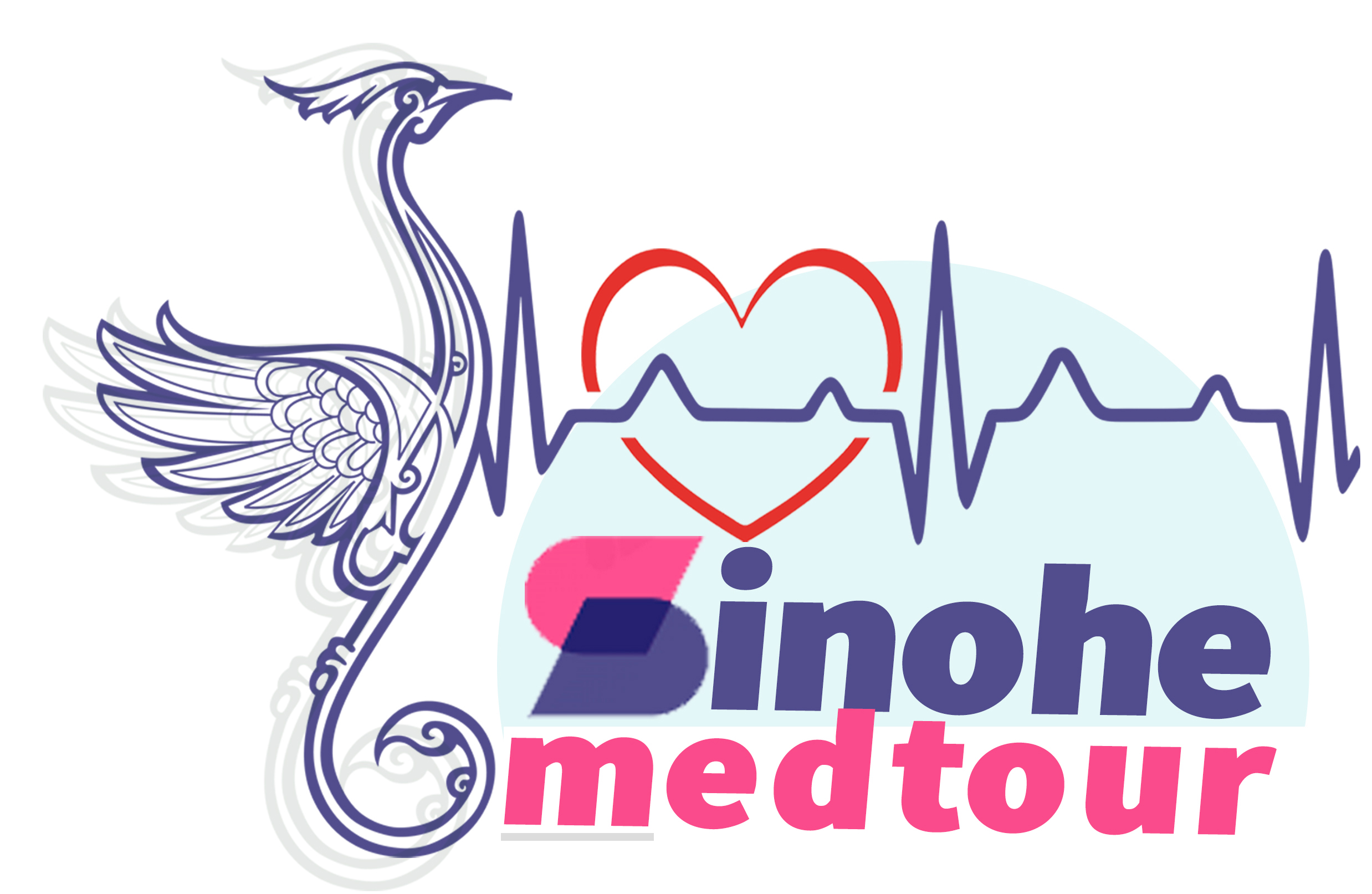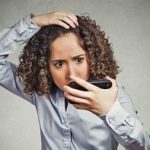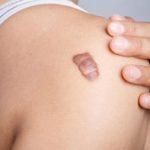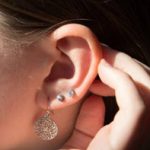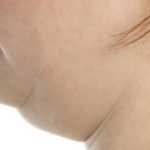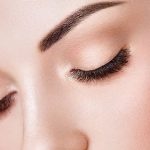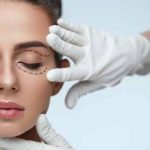Women with plump lips are often considered to be more attractive than those with thin lips. Fortunately, in the ever-developing field of cosmetic procedures, there are different options for lip enhancement: lip fillers, implants, and fat grafting. If you think it would cost you too much to get a lip augmentation procedure in your own country, you can consider having it done in Iran at a much more reasonable price. This especially seems rational if you want to have other cosmetic procedures done too. We at SinoheMedTour arrange an all-expense tour for you to get all your treatments done in Iran, including lip augmentation.
procedures, there are different options for lip enhancement: lip fillers, implants, and fat grafting. If you think it would cost you too much to get a lip augmentation procedure in your own country, you can consider having it done in Iran at a much more reasonable price. This especially seems rational if you want to have other cosmetic procedures done too. We at SinoheMedTour arrange an all-expense tour for you to get all your treatments done in Iran, including lip augmentation. 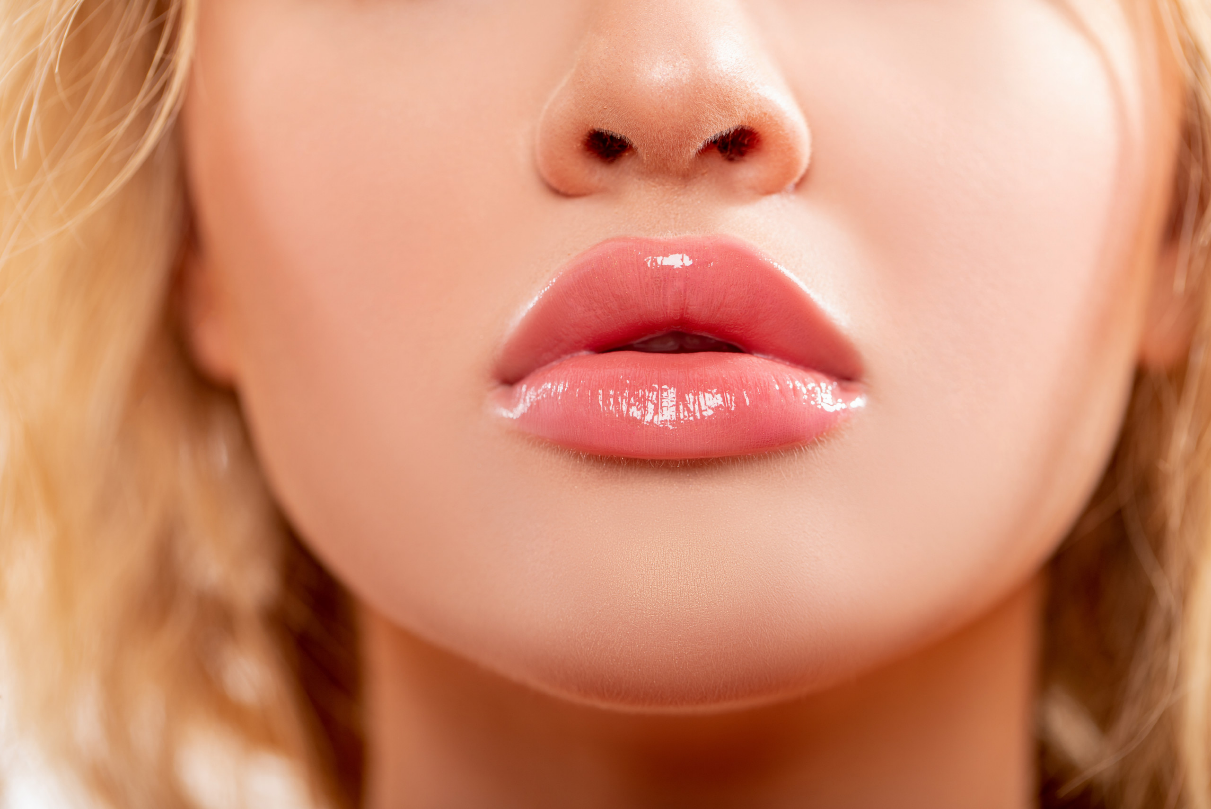
What is lip augmentation?
Lip augmentation is an in-office cosmetic procedure that creates fuller, more youthful-looking lips. There are different types of lip augmentation to fit your needs and goals. Some procedures are nonsurgical, using fillers to plump up the lips temporarily. Others involve small incisions in your lips or face for longer-lasting results.
What are the types of lip augmentation?
Types of lip augmentation include:
- Fat grafting (autologous fat injections or fat transfer): A plastic surgeon takes fat from another area of your body — commonly your stomach — purifies it and injects it into your lips.
- Lip fillers: A healthcare provider injects lip filler, also called a dermal filler, into your lips or around your mouth.
- Lip implants: A plastic surgeon makes a small incision in each corner of your mouth and inserts an implant into your lips.
- Lip lift: A plastic surgeon removes excess skin between your nose and upper lip (or the corners of your mouth) to pull up your lips
What are the different types of lip fillers?
Healthcare providers mainly use lip fillers that contain hyaluronic acid, a natural substance found in your body. Common hyaluronic acid fillers include Restylane® and Juvéderm®. Some fillers also contain lidocaine, which numbs your skin to prevent pain or discomfort from the procedure.
For one thing, you can have any cosmetic procedure in Iran at prices hardly found anywhere else in the world. For another, Iran boasts world-class beauty clinics and experienced plastic surgeons who offer safe and effective surgical and non-surgicalcosmetic procedures including lip augmentation. Having lip aug in Iran is especially worth it if you have several procedures with a single trip, which translates to a big overall saving.
Why SinoheMedTour?
SinoheMedTour works with some of the most reputable plastic surgeons and clinics in Iran and offers a wide range of services to people coming from abroad to Iran to have cosmetic surgery. Employing a team of skilled and professional consultants, patient coordinators, and interpreters, SinoheMedTour arranges your trip and surgery from A to Z, saving you all the hassle of the process.
How much does lip augmentation cost?
The prices for lip implants range from $900 to $1400, lip augmentation with fat transfer is offered for $400 to $500, and the cheapest alternative, fat injection, would cost about $400. However, these are approximate prices and you can contact us for an updated quote on our lip augmentation services
WHY LIP AUGMENTATION IN IRAN?
Quality – Lip augmentation is a very popular cosmetic procedure in Iran. Iranian beauty-loving women are increasingly seeking a lip enhancement for aesthetic purposes. That’s why this procedure is ranked among the top procedures performed in the country.
It’s not only the high rate of this procedure which makes Iran an ideal place to get it done in. The quality of this treatment is also on par with the best in the world.
Doctors, Hospitals, and Clinics – There are many experienced plastic surgeons and specialists in Iran who are performing cosmetic procedures in dozens of well-equipped clinics across the country.
Private hospitals and clinics in Iran offer a vast range of invasive and non-invasive cosmetic surgeries, including lip enhancement. While you may doubt about the quality, hygiene, and healthcare services you’d be provided with in Iranian hospitals and clinics, the reality would take you by surprise.
Cost – Everybody can get cosmetic/medical treatment in this country which is either not available or not affordable in their homeland. Almost all procedures including lip augmentation in Iran are far more cost-effective compared to having the same treatment in other countries like Australia, England, USA, Turkey, etc.
Tourist Attractions – Iran gives medical tourists a remarkable opportunity to visit some of the most alluring places by taking them on a medical tourist journey. While you’re staying at the country, whether you choose to have your lip job done in Tehran, Shiraz, Mashhad, or elsewhere, there is a list of tourist attractions you’d enjoy to see.
Visa – Getting a visa for traveling to Iran is becoming much easier than ever. You can either obtain your visa before or upon your arrival. Depending on your nationality, you’ll be able to stay for 1 to 2 months in the country. However, there are some restrictions for citizens of some countries like the US. Read our guide on visa for Iran to get more information on this.
What happens before a lip filler procedure?
The U.S. Food and Drug Administration (FDA) hasn’t approved the use of lip fillers in anyone under the age of 21. As a result, you must be at least 21 years old to get FDA-approved lip fillers.
Before your lip filler procedure, you’ll meet with your healthcare provider. They’ll assess many factors, including your mental health and any social conditions. Your healthcare provider may ask the following questions:
- Why do you want lip fillers?
- What’re your expectations?
- Do you think a lot about imagined or very small defects with your body?
- Is a spouse, partner or friend encouraging you to get lip fillers?
Your physical health and the shape of your face are also important. Your healthcare provider will evaluate your general health, including any preexisting health conditions or risk factors. Talk to your healthcare provider about any allergies you have, too. And tell them about any prescription or over-the-counter (OTC) medications that you’re taking, including herbal supplements.
Your healthcare provider will examine and measure your face. They’ll also take photographs of your face and lips for your medical record.
When considering the size of your lips, it’s important to imagine how you’ll look. Think about getting a new haircut. You may show your hairstylist a photograph to give them an idea of how you’d like your hair to look. However, your hairstylist might tell you that your hair won’t look like the photograph because of your hair texture, hairline, volume or length. You may want your lips to look like a celebrity’s lips, but it might not be achievable because your face shape and features are unique. Ask your healthcare provider if bringing in a picture is helpful. But be prepared to thoroughly describe what you want your lips to look like if your healthcare provider doesn’t want to reference a photograph.
What happens during a lip filler procedure?
During a lip filler procedure, your healthcare provider will apply a topical anesthetic to your lips. The topical anesthetic will numb your lips so you won’t feel any pain and the process is as comfortable as possible. The numbing creams often consist of benzocaine, lidocaine and tetracaine (BLT). About 15 to 30 minutes later, your lips should be numb.
If you have a BLT allergy, your healthcare provider may give you a nerve block injection to numb your lips. About 15 to 30 minutes after the injection, your lips should be numb.
Your healthcare provider will then use a thin needle to inject lip filler into any or all parts of your lips, including the edges of your lips (vermillion border), the curve in the center of your upper lip (Cupid’s bow) and your oral commissures (corners of your mouth). You won’t feel any pain, but you may feel a pinching sensation, and your eyes may water. On average, your healthcare provider will insert 1 milliliter (mL) of lip filler into your lips, which is about one-fifth of a teaspoon. The needle won’t go deeper than 2.5 millimeters (mm) into your skin.Your healthcare provider may apply an ice pack to your lips throughout the procedure to minimize swelling and bruising.The entire procedure may take as little as 30 minutes or as long as two hours.
What happens after a lip filler procedure?
After the procedure is complete, your healthcare provider may gently massage your lips so that they absorb the filler. They may continue to ice your lips as well.
Your healthcare provider will monitor you for up to 15 minutes to ensure you don’t experience any side effects, including dizziness, nausea or substantial bleeding. Once they determine that you no longer require monitoring, they’ll let you go home (discharge you). A local anesthetic won’t make you tired or groggy, so you can drive yourself home. However, you may want to have a family member or friend drive you home just in case.
Your lips may be swollen, sensitive and bruised. Swelling usually goes away after 24 to 48 hours, but it may take up to a week.
Your healthcare provider will also schedule a follow-up appointment about two weeks after the procedure to monitor your lips. They may take another picture for your medical record so you can see what your lips looked like before the procedure and after they’ve healed.
The following tips will help your lips as they heal:
- Apply an ice pack for up to 10 minutes to reduce inflammation, pain and swelling.
- Avoid wearing lipstick, lip balm or any other product on your lips for at least 24 hours.
- Refrain from touching or puckering your lips, including kissing and sipping from a straw.
- Be careful brushing your teeth.
- Drink plenty of water.
- Avoid exercising for at least 24 hours.
What are the risks of lip fillers?
Getting lip fillers poses some risks, including:
- Bleeding and pain at the injection sites.
- Cold sore reactivation.
- Discoloration or tenderness.
- Infection.
- Tissue death (vascular compromise), which can occur if lip filler is injected into or around an artery.
- Your lips may be of different sizes (asymmetry).
- The lip filler may bleed into other areas of your face, usually toward the nose (migration).
Are lip fillers bad for you?
Lip fillers are a medical treatment. Lip fillers are very safe when performed by an experienced healthcare provider, including a plastic surgeon, dermatologist or cosmetic surgeon.
You shouldn’t get lip fillers from a beauty salon or spa.
When can I return to my typical activities?
With nonsurgical lip augmentation, you can typically return to work right away. Surgical lip augmentation may require some downtime. With any lip augmentation procedure, your plastic surgeon may suggest avoiding exercise and other strenuous activities for up to several weeks.


